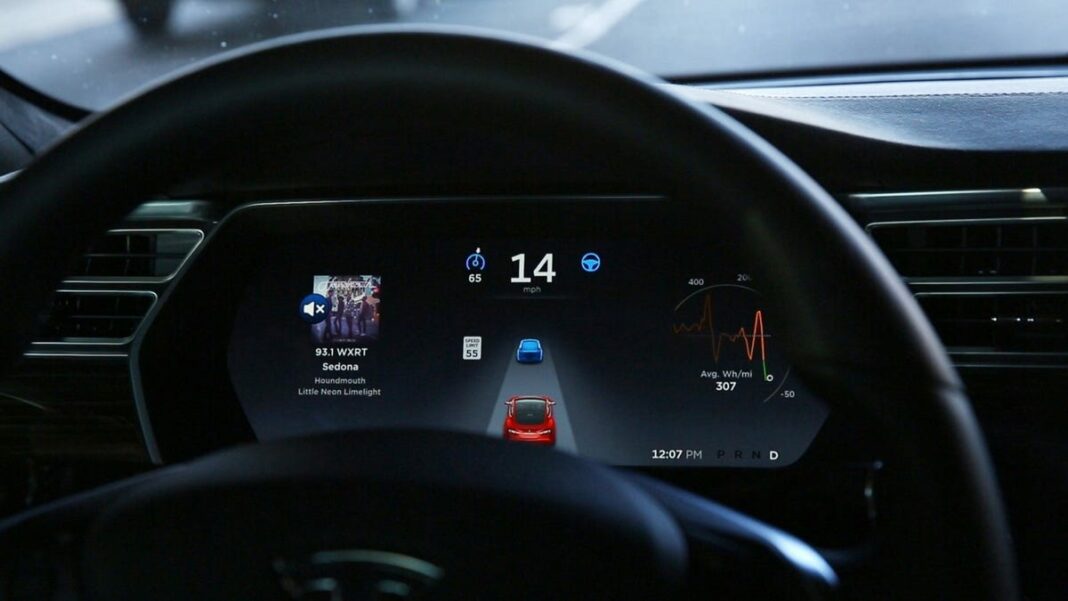Autopilot’s Reliance On Only Cameras Is Tesla’s ‘Fundamental Flaw’
In recent years, Tesla has made waves in the automotive industry with its innovative approach to self-driving technology. The company’s Autopilot system is considered one of the most advanced on the market, utilizing a combination of cameras, sensors, and machine learning algorithms to enable a vehicle to navigate roads autonomously.
However, some critics have pointed out what they believe to be a fundamental flaw in Tesla’s Autopilot system – its reliance on cameras as the primary source of data for making driving decisions. Unlike some other self-driving systems that incorporate a variety of sensors, including LiDAR, Tesla’s Autopilot relies mainly on cameras to interpret the environment around the vehicle.
Why is this a problem?
Cameras are limited in their ability to provide detailed, real-time data about the vehicle’s surroundings. They can be affected by poor lighting conditions, glare from the sun, and other environmental factors that can impact their accuracy. This reliance on cameras alone has led some experts to question the safety and reliability of Tesla’s self-driving technology.
LiDAR, on the other hand, uses laser pulses to create a detailed 3D map of the vehicle’s surroundings. This technology is considered by many to be more accurate and reliable than cameras, especially in challenging conditions such as low light or inclement weather. By not incorporating LiDAR into its Autopilot system, Tesla may be putting its customers at risk by relying on a technology that has limitations.
What are the potential consequences?
The reliance on cameras as the primary source of data for Tesla’s Autopilot system could have serious consequences if the technology fails to accurately interpret its surroundings. In a worst-case scenario, this could lead to collisions, injuries, or even fatalities. As self-driving technology becomes more prevalent on the roads, it is crucial that companies like Tesla prioritize safety and reliability in their systems.
Additionally, Tesla’s decision to forgo LiDAR in favor of a camera-based system could put the company at a disadvantage in the competitive self-driving market. Many other automakers and tech companies are investing heavily in LiDAR technology as a way to improve the accuracy and reliability of their self-driving systems. If Tesla continues to rely solely on cameras, it may struggle to keep pace with competitors who are using more advanced sensor technology.
Conclusion
While Tesla’s Autopilot system has undoubtedly pushed the boundaries of self-driving technology, its reliance on cameras as the sole source of data is a potential weakness that should not be ignored. Incorporating LiDAR or other sensor technologies into the system could improve its accuracy and reliability, ultimately making it safer for drivers and pedestrians alike. As Tesla continues to evolve its self-driving technology, it will be important for the company to address this fundamental flaw and prioritize safety above all else.
FAQs
Is Tesla’s Autopilot system safe?
Tesla’s Autopilot system has been involved in a number of accidents over the years, raising questions about its safety. While Tesla maintains that Autopilot is designed to assist rather than replace the driver, critics argue that the system may not be as reliable as it should be.
Why doesn’t Tesla use LiDAR in its Autopilot system?
Elon Musk, the CEO of Tesla, has been vocal about his belief that LiDAR is unnecessary for self-driving technology. He argues that cameras and other sensors are sufficient for enabling a vehicle to navigate autonomously. However, some experts disagree and believe that LiDAR could improve the accuracy and reliability of Tesla’s self-driving systems.
What steps is Tesla taking to address concerns about Autopilot?
Tesla has stated that it is constantly working to improve the safety and reliability of its Autopilot system. The company regularly releases software updates to enhance the system’s functionality and address any issues that may arise. Additionally, Tesla encourages drivers to remain attentive and engaged while using Autopilot to minimize the risk of accidents.




